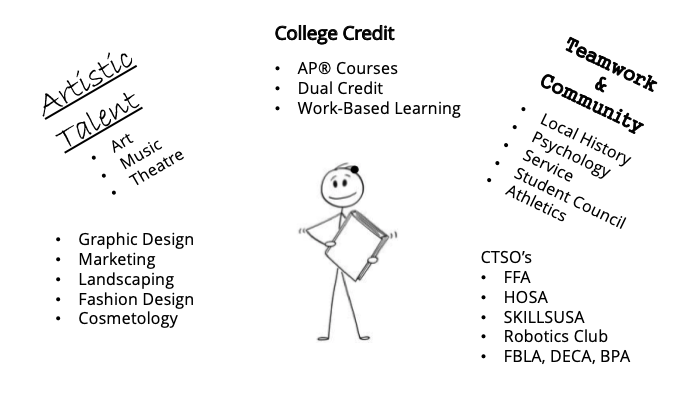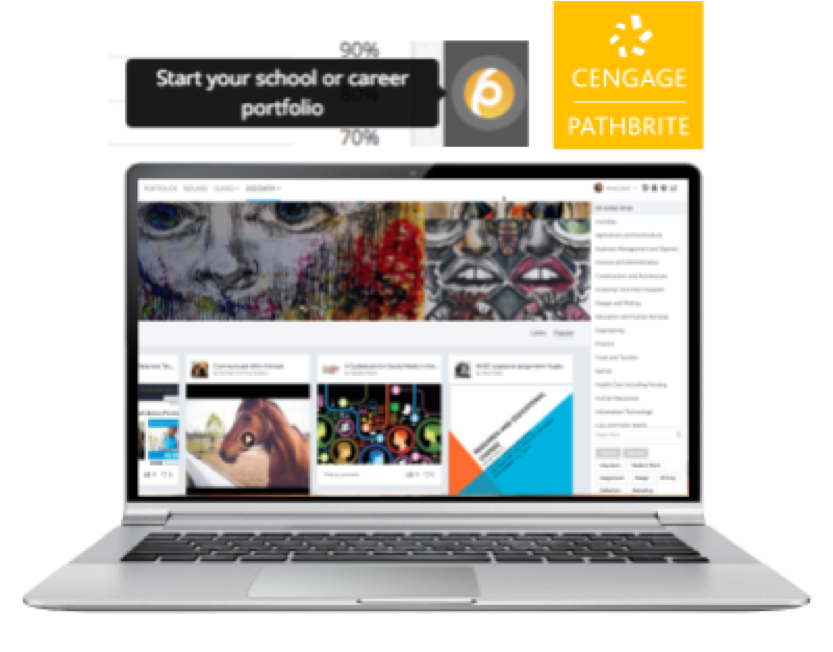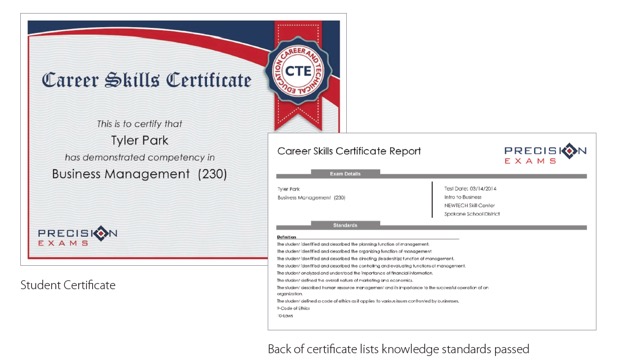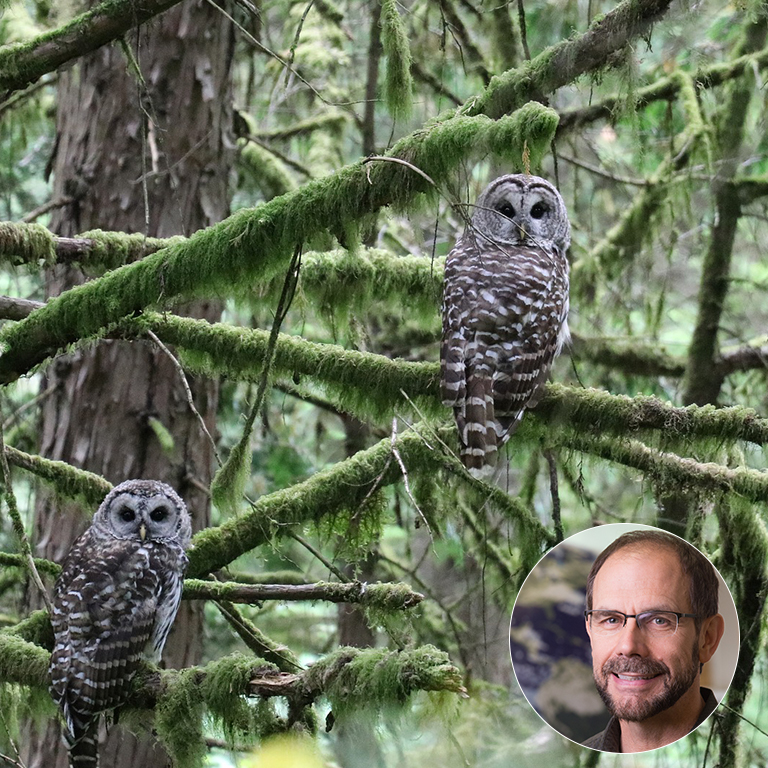There is plenty of data that proves students in CTE (Career and Technical Education) programs who make “Concentrator” status are more likely to graduate high school and enroll in secondary education or accept a job after graduation. “Concentrator Status” used to vary depending on your state, but is now defined by Perkins V as students who complete at least two CTE courses in a single career pathway. While 94% of all high school students are served by CTE, only 20% of high school students become CTE concentrators. And while it’s expected that two-thirds of all new jobs will require some kind of credential in addition to a high school degree, most certifications and credentials students can earn in high school require skills that will be learned in 2 or more courses within a career pathway.
So how can we encourage MORE students to take the second, third, and even fourth course in a high school career pathway so that they are prepared for an industry credential?
Market how CTE courses offer the same creativity, practicality, and social benefits of other electives offered at your school.
Ultimately, most CTE courses are electives. So students have to choose to take not one, but multiple courses in a career pathway to become a concentrator. And CTE courses often compete with other electives that may be creative, like Art, Theatre, and Music. They compete against courses that earn college credit or steer students toward secondary education like AP courses, as well as courses and organizations that engage with the community.

But we know that a Career Pathways in Arts, Audio/Video Technology, and Communications, Marketing, Sales, and Service, or Business, Management, and Administration Career Clusters offer many opportunities for Art and Music students to thrive. Likewise, dual-credit courses with local institutions often found in Business, Management, and Administration pathways or work-based learning programs for Technical Trades and Health Science pathways offer experience and sometimes credit for students who know they are college-bound. And CTSO organizations in all clusters offer the same social benefits and chances for community involvement that students seek in other “fun” electives and clubs. Think about advertising CTE pathways offered at your district in earlier courses or with advisors for student organizations in middle school and even elementary that relate to your career pathway.
Require that students begin a portfolio from their very first CTE experience.

Portfolios of student work are often Capstone requirements once a student gets to the end of their career pathway, but incorporating a portfolio from the very first CTE experience catalogs tangible examples of career-related skills students are learning in every CTE course.
Ask your students to create an empty folder in their portfolio, one for each core skill they will learn throughout the Career Pathway. As they see their folders fill up, they will be encouraged that they can continue until their portfolio is complete. Sharing student examples in higher-level courses in the career pathway—videos or images of work—can make students excited about what they can achieve in related classes they can take in the future.
At National Geographic Learning, a part of Cengage, all MindTap courses provide access to Pathbrite, the online portfolio tool that students can keep throughout their high school experience and beyond. Students organize video, images, project files, and earned credentials by industry skill, and can share these visual portfolios with their peers, teachers, and even future employers.
Offer stackable certifications that can be obtained from the first CTE course.
Most industry-backed certifications cannot be taken until the very end of their career pathway or even post-high school. When they are offered in high school, teachers don’t usually get much information on how their students did and where they made mistakes. Like AP courses, many students may work all year or several years for one shot at passing certification, with content they may have learned a year or two before.
Offering stackable certifications with a pre and post-test for every single course in your career pathway provides test-taking experience throughout the program, and gives students confidence that with each course they are learning skills that they will need to get a job. National Geographic Learning, a part of Cengage partners with Precision Exams to offer course-level industry-backed certifications across the 16 Career Clusters. With over 180 certifications, teachers can offer pre and post exams for every course and receive robust, standards-level reporting that makes it easy to see where the class and individual students need more practice. All knowledge standards are written in conjunction with national and local industry and are updated every 2-3 years to ensure direct contact with the skills that students need for today’s careers.
Students also receive a printable certificate when they pass their post exams, that are backed by partner organizations and include the passed knowledge standards on the back, making it easy to add the certification and proven skills in a portfolio and resume.

Students will take more CTE courses in their high school career if they can:
- See how they already relate to their strengths, interests and experiences they’ve had in elementary and middle school
- Get excited about future courses in a career pathway by building a portfolio that shows how far they have to go.
- Feel confident about capstone-level and post-secondary certifications by earning industry-backed credentials at the course level
We know that CTE courses prepare students for career, the key is to give students the resources to prove their knowledge and experience to future employers and institutions, no matter where their next step is in their Career Journey.

















